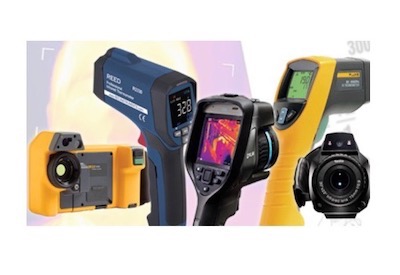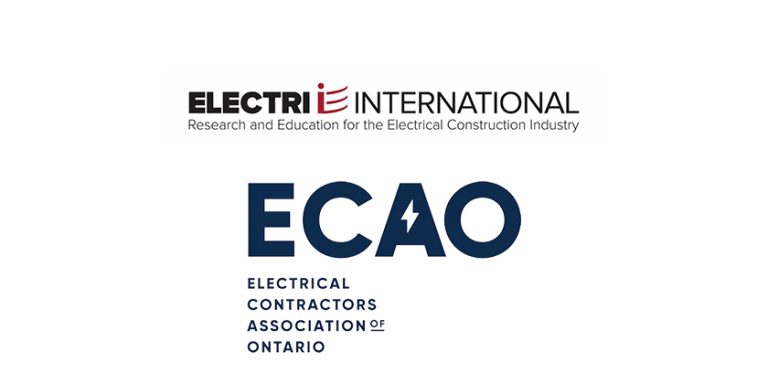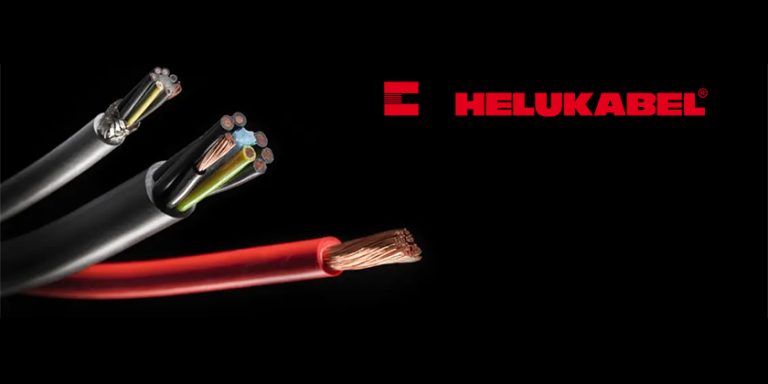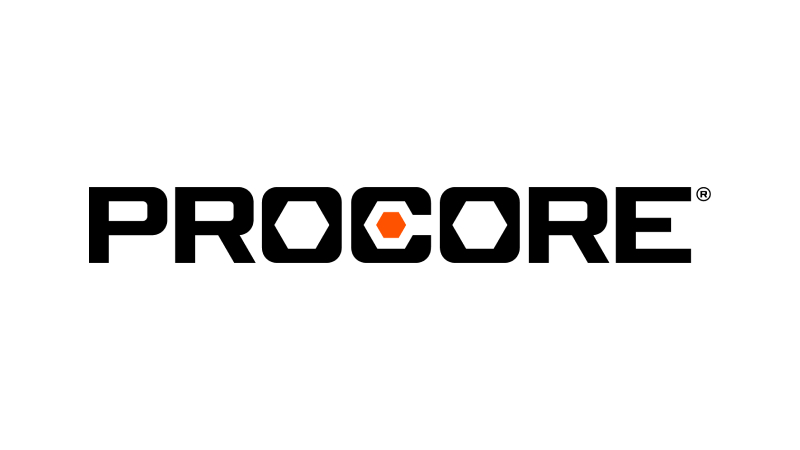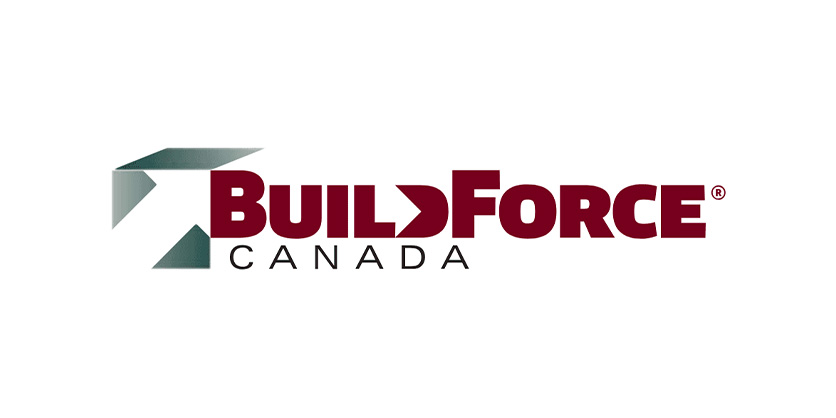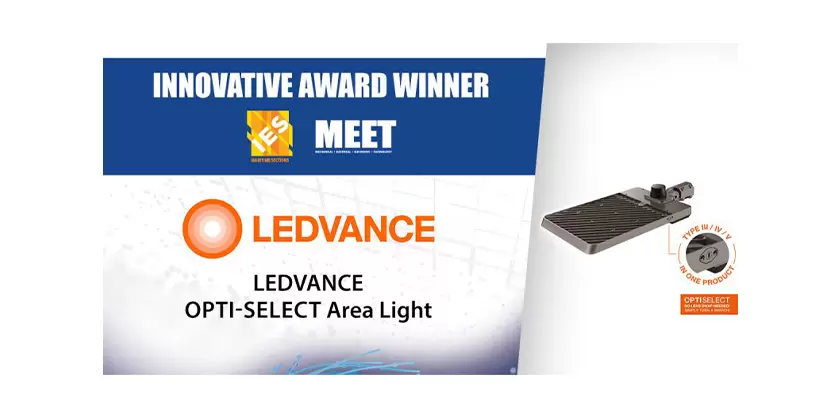Guide to the Canadian Electrical Code, Part 1 , 25th Edition – A Road Map: Section 86
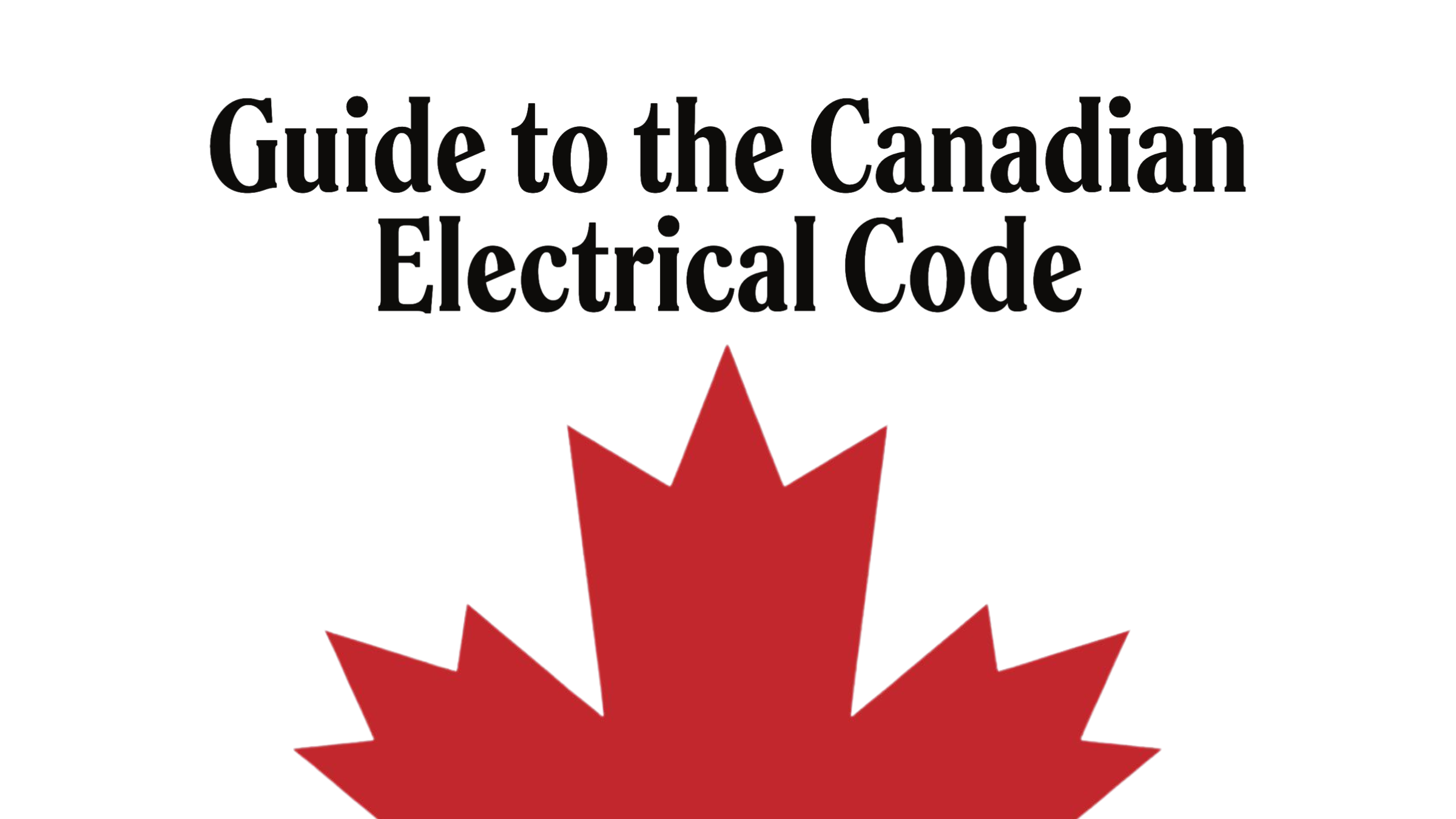
By William (Bill) Burr
The Code is a comprehensive document. Sometimes it can seem quite daunting to find the information you need quickly. This series of articles provides a guide to help users find their way through this critical document. This is not intended to replace the notes in Appendix B or the explanations of individual requirements contained in the CEC Handbook** but will hopefully provide some help in navigating the Code.
Section 86 — Electric Vehicle Charging Systems

(The 25th Edition of the CE-C, Part I, (C22.1-21) is available from CSA Group. This discussion of Section 86 is based on this edition).
Scope
Rule 86-000 notes that this is a supplementary or amendatory section of the code and applies to:
- the installation of the insulated conductors and cables and the equipment external to an electric vehicle that connects it to a source of electric current by conductive or inductive means, and
- equipment and devices related to electric vehicle charging.
Appendix B and the CEC Handbook have additional information and descriptions of these installations.
General
Rule 86-100 provides definitions for some special terminology used in this section that is not included in Section 0 – electric vehicle, electrical vehicle connector, electrical vehicle supply equipment (EVSE), and plug-in hybrid electric vehicle (PHEV).
Rule 86-102 notesthat voltages of electric vehicle supply equipment must not exceed 750 volts. (note this is slated for revision to 1000 volts ac and 1060 volts dc in future editions)
Rule 86-104 outlines thatrule 86-300 to 86-404 apply to the installation of permanently connected as well as cord-connected electric vehicle supply equipment.
Equipment
Rule 86-200 requires a sign, warning against the operation of the electric vehicle supply equipment without sufficient ventilation, where the manufacturer’s installation instructions require it.
Control and Protection
Rule 86-300 specifiesthat electric vehicle supply equipment be supplied by:
- a separate branch circuit that supplies no other loads except associated ventilation equipment, or
- from a branch circuit supplying another load or loads, provided that an electric vehicle energy management system is installed following Subrules 8-106 (10) or (11), and the calculated demand is determined following Section 8.
- These requirements are intended to recognize the use of load management systems, from the simplest manual load transfer type to the automated type, for use with electric vehicle supply equipment and other loads.
Rule 86-302 notes that the connected load of a circuit supplying electrical vehicle supply equipment and associated ventilation equipment be considered a continuous load for purposes of Rule 8-104.
Rule 86-304 requires thateach installation of electric vehicle supply equipment rated at more than 60 A, or more than 150 volts-to-ground be provided with a separate disconnecting means:
- on the supply side of the point of connection of the electric vehicle supply equipment,
- and must be capable of being locked in the open position.
To ensure safe servicing, a single disconnect controlling two or more electric vehicle supply equipment assemblies supplied by the same branch circuit is permissible provided each EVSE assembly by itself does not exceed a 60 A rating.
Rule 86-306 requires that each receptacle for electric vehicle charging be:
- a single receptacle of CSA configuration 5-20R supplied from a 125 V branch circuit rated not less than 20 A, protected by a Class A GFCI if installed outdoors within 2.5 meters of finished grade; or
- of the appropriate CSA configuration per Diagram 1 or 2 when supplied from a branch circuit rated at more than 125 V or more than 20 A, and
- labelled in a conspicuous, legible, and permanent manner, identifying it as an electric vehicle supply equipment receptacle.
Rule 86-308 requires that where anelectric vehicle supply equipment and other parts of a system, either on board or off-board the vehicle are identified for and intended to be:
- interconnected to a vehicle and serve as an optional standby system, or
- an electric power production source, or
- provide for bi-directional power feed, and
- be marked accordingly and meet the requirements of Section 84.
Electric Vehicle Supply Equipment Locations
Rule 86-400 addresses Indoor charging sites and:
- permits them to include:
- integral, attached, and detached residential garages;
- enclosed or underground parking structures;
- repair and non-repair commercial garages, agricultural buildings, and similar rooms; or
- other locations where the electric vehicle connector can couple to the electric vehicle.
- requires where the electric vehicle supply equipment requires ventilation, that:
- adequate ventilation be provided in each indoor charging site as specified in Rule 26-506;
- the electric vehicle supply equipment be electrically interlocked with the ventilation equipment so that the ventilation equipment operates with the electric vehicle supply equipment; and
- if the supply to the ventilation equipment is interrupted, the electric vehicle supply equipment be made inoperable.
Rule 86-402 addresses outdoor charging sites and permits them to include:
- residential carports and driveways,
- curbsides,
- open parking structures,
- parking lots,
- commercial charging facilities, and
- similar locations.
Rule 86-404 reaffirms that electric vehicle supply equipment, located in hazardous locations or areas, conforms to the applicable requirements of Section 18.
In the next installment, we will be discussing the Tables associated with various sections of the Code.
Previous Installment: Section 84 — Interconnection of Electric Power Production Sources
Source: CSA C22.1:21, Canadian Electrical Code, Part 1 – Safety Standard for Electrical Installations. © 2021 Canadian Standards Association. Please visit store.csagroup.org. With the permission of CSA Group, material is reproduced from CSA Group standard CSA C22.1:21, Canadian Electrical Code, Part 1 – Safety Standard for Electrical Installations. This material is not the complete and official position of CSA Group on the referenced subject, which is represented solely by the Standard in its entirety. While use of the material has been authorized, CSA Group is not responsible for the manner in which the data are presented, nor for any representations and interpretations. No further reproduction is permitted. For more information or to purchase standard(s) from CSA Group, please visit store.csagroup.org or call 1-800-463-6727. [1]
William (Bill) Burr is an associate member of the Canadian Electrical Code, Part 1, Technical Committee and formerly Chair of the Canadian Advisory Council on Electrical Safety (CACES), Chief Electrical and Elevator Inspector for the Province of BC & the Northwest Territories, Director of Electrical and Gas Standards Development and Director of Conformity Assessment at CSA Group. Bill can be reached at Burr and Associates Consulting billburr@gmail.com.




